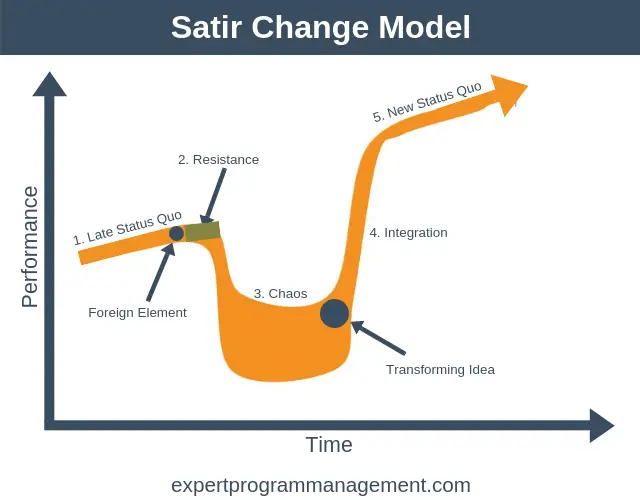nostalgia
…remember due to selective memory. There is no going back: [[The only way out is through]]. But nostalgia can be useful! It can point to our…
Tended 4 years ago (5 times) Planted 4 years ago Mentioned 2 times
Like everyone else, 2020 was a difficult year for me in life and work, as the pandemic upended many of the routines and habits I had come to depend on for stability and a sense of well-being. I began therapy, and some early advice my therapist gave me was that “you can’t go back to the way things were, the only way out is through.” I just now learned that this idea may go back at least as far at Dante’s Inferno and has shown up in poetry and music ever since. I see echoes of this idea in Marcus Aurelius’s “what stands in the way becomes the way” and If something hurts, do it more.
The problem is not the problem. Coping is the problem.
This quote comes from family systems therapy Virginia Satir. I understand it to mean that, when you can’t make a problem go away, it is futile to wish that it would. Your task then becomes to find a way to effectively cope with the difficulty.
Satir is famous for her 5-stage model of change (similar to the Kübler-Ross model of the five stages of grief) which can be applied to individuals, families, and organizations:

…remember due to selective memory. There is no going back: [[The only way out is through]]. But nostalgia can be useful! It can point to our…
…Iteration|take many small steps]] - Kind of the opposite of [[The only way out is through…